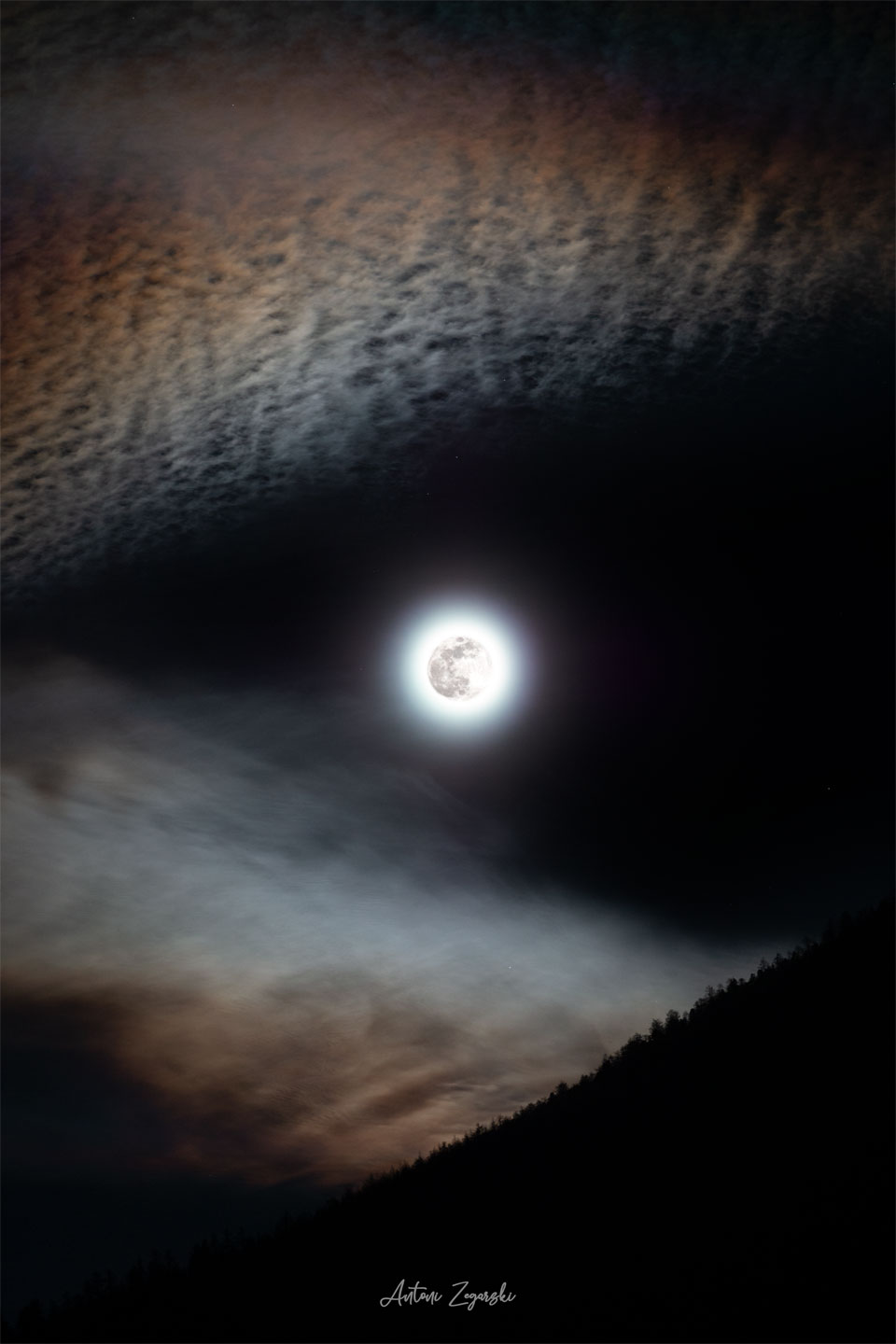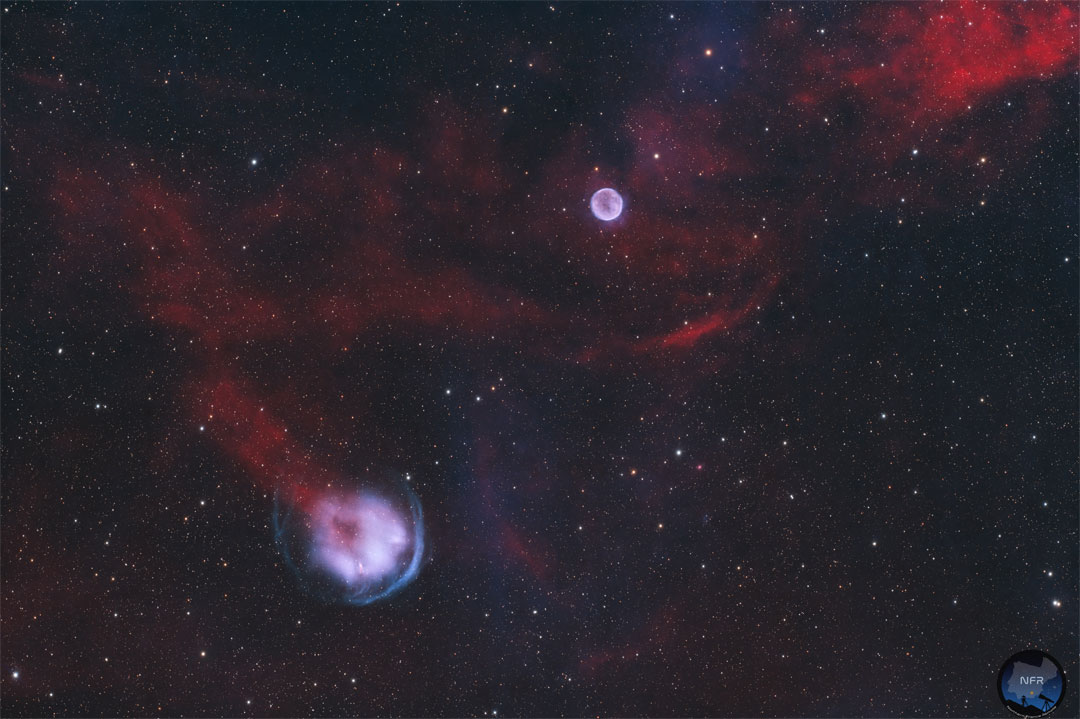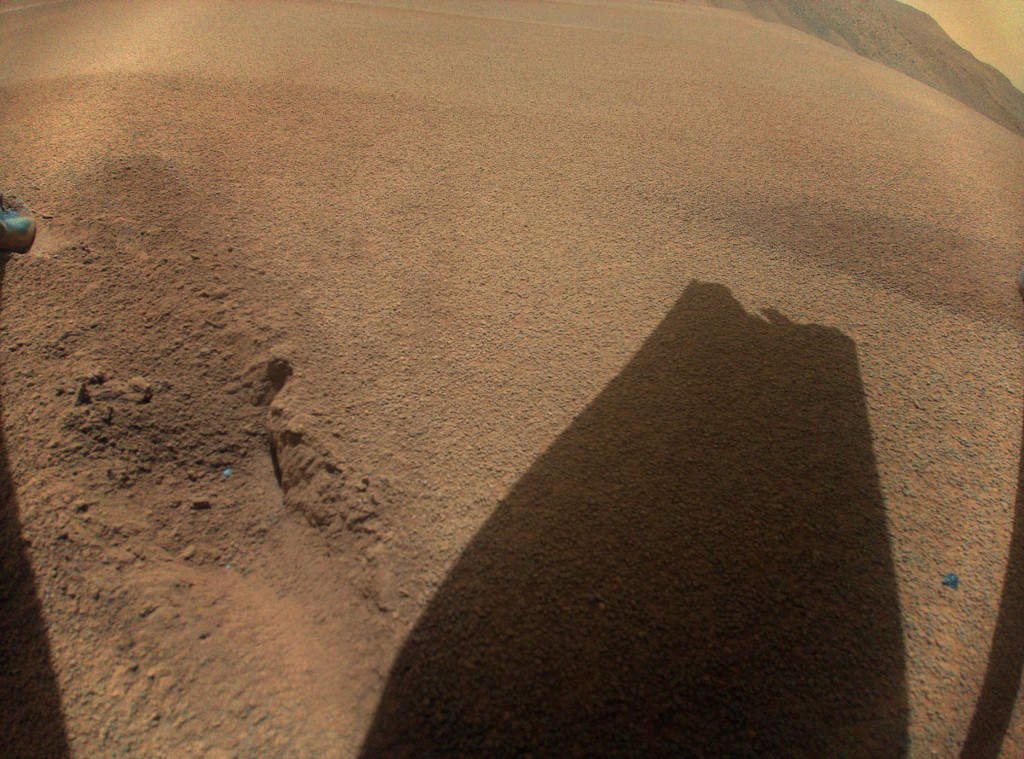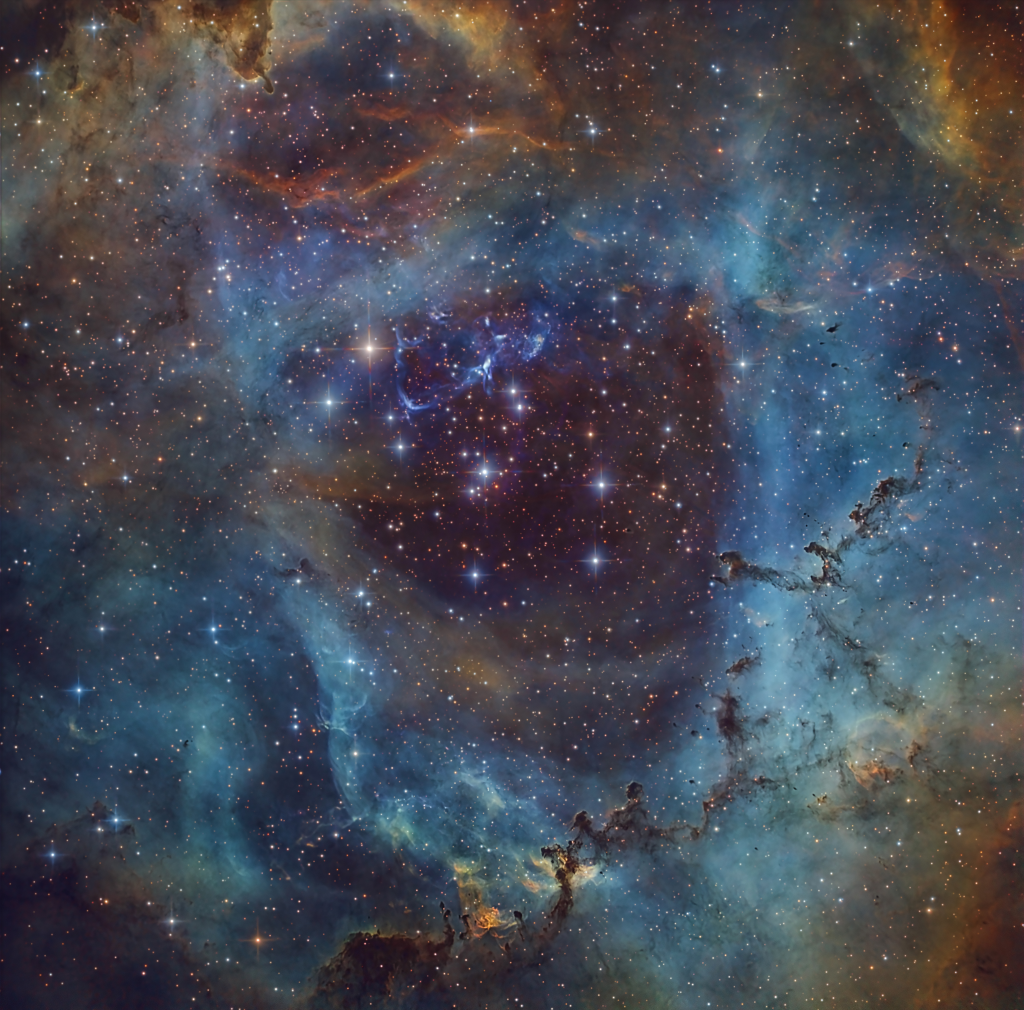Nombre total de pages vues
13/02/2024
MUSIQUE CLASSIQUE - Antonín dvořák - Sérénade pour cordes en mi majeur (1876)
AUTOMOBILE - INVENTIONS QUI N'ONT PAS VU LE JOUR - Suspension électromagnétique de Bose

ASTRONOMY - A January Wolf Moon
2024 February 13
Image Credit & Copyright: Antoni Zegarski
Explanation: Did you see the full moon last month? During every month, on average, a full moon occurs in the skies over planet Earth. This is because the Moon takes a month to complete another orbit around our home planet, goes through all of its phases, and once again has its entire Earth-facing half lit by reflected sunlight. Many indigenous cultures give each full moon a name, and this past full moon's names include the Ice Moon, the Stay at Home Moon, and the Quiet Moon. Occurring in January on the modern western calendar, several cultures have also named the most recent full moon the Wolf Moon, in honor of the famous howling animal. Featured here above the Italian Alps mountains, this past Wolf Moon was captured in combined long and short exposure images. The image is striking because, to some, the surrounding clouds appear as a wolf's mouth ready to swallow the Wolf Moon, while others see the Moon as a wolf's eye.
12/02/2024
ASTRONOMY - HFG1 & Abell 6: Planetary Nebulae
2024 February 12
Image Credit & Copyright: Julien Cadena & Mickael Coulon; Text: Natalia Lewandowska (SUNY Oswego)
Explanation: Planetary nebulae like Heckathorn-Fesen-Gull 1 (HFG1) and Abell 6 in the constellation Cassiopeia are remnants from the last phase of a medium sized star like our Sun. In spite of their shapes, planetary nebulae have nothing in common with actual planets. Located in the bottom left part of the featured photo, HFG1 was created by the binary star system V664 Cas, which consists of a white dwarf star and a red giant star. Both stars orbit their center of mass over about half an Earth day. Traveling with the entire nebula at a speed about 300 times faster than the fastest train on Earth, V664 Cas generates a bluish arc shaped shock wave. The wave interacts most strongly with the surrounding interstellar medium in the areas where the arc is brightest. After roughly 10,000 years, planetary nebulae become invisible due to a lack of ultraviolet light being emitted by the stars that create them. Displaying beautiful shapes and structures, planetary nebulae are highly desired objects for astrophotographers.
11/02/2024
ASTRONOMY - Rocket Plume Shadow Points to the Moon
2024 February 11
Image Credit: Pat McCracken, NASA
Explanation: Why would the shadow of a rocket's launch plume point toward the Moon? In early 2001 during a launch of the space shuttle Atlantis, the Sun, Earth, Moon, and rocket were all properly aligned for this photogenic coincidence. First, for the space shuttle's plume to cast a long shadow, the time of day must be either near sunrise or sunset. Only then will the shadow be its longest and extend all the way to the horizon. Finally, during a Full Moon, the Sun and Moon are on opposite sides of the sky. Just after sunset, for example, the Sun is slightly below the horizon, and, in the other direction, the Moon is slightly above the horizon. Therefore, as Atlantis blasted off, just after sunset, its shadow projected away from the Sun toward the opposite horizon, where the Full Moon happened to be.
10/02/2024
ASTRONOMY - The Shadow of Ingenuity's Damaged Rotor Blade
2024 February 10
Image Credit: NASA, JPL-Caltech, Ingenuity
Explanation: On January 18, 2024, during its 72nd flight in the thin Martian atmosphere, autonomous Mars Helicopter Ingenuity rose to an altitude of 12 meters (40 feet) and hovered for 4.5 seconds above the Red Planet. Ingenuity's 72nd landing was a rough one though. During descent it lost contact with the Perseverance rover about 1 meter above the Martian surface. Ingenuity was able to transmit this image after contact was re-established, showing the shadow of one of its rotor blades likely damaged during landing. And so, after wildly exceeding expectations during over 1,000 days of exploring Mars, the history-making Ingenuity has ended its flight operations. Nicknamed Ginny, Mars Helicopter Ingenuity became the first aircraft to achieve powered, controlled flight on another planet on April 19, 2021. Before launch, a small piece of material from the lower-left wing of the Wright Brothers Flyer 1, the first aircraft to achieve powered, controlled flight on planet Earth, was fixed to the underside of Ingenuity's solar panel.
09/02/2024
SANTé/MEDECINE - Tchernobyl a-t-il produit des monstres ?

LE JARDIN MERVEILLEUX DES EPICES - La vanille, une épice aux saveurs de l’enfance

ASTRONOMY - When Roses Aren't Red
2024 February 9
Image Credit & Copyright: Tommy Lease (Denver Astronomical Society)
Explanation: Not all roses are red of course, but they can still be very pretty. Likewise, the beautiful Rosette Nebula and other star forming regions are often shown in astronomical images with a predominately red hue, in part because the dominant emission in the nebula is from hydrogen atoms. Hydrogen's strongest optical emission line, known as H-alpha, is in the red region of the spectrum. But the beauty of an emission nebula need not be appreciated in red light alone. Other atoms in the nebula are also excited by energetic starlight and produce narrow emission lines as well. In this close-up view of the Rosette Nebula, narrowband images are mapped into broadband colors to show emission from Sulfur atoms in red, Hydrogen in green, and Oxygen in blue. In fact, the scheme of mapping these narrow atomic emission lines (SHO) into the broader colors (RGB) is adopted in many Hubble images of emission nebulae. This image spans about 50 light-years across the center of the Rosette Nebula. The nebula lies some 3,000 light-years away in the constellation Monoceros.
LES BELLES INVENTIONS DE LEONARD DE VINCI - La grue à plateforme annulaire
Voici un exemple d'une des machines de levage conçues par l'ingénieur Léonard de Vinci . Il s'agit d'une grue à plateforme a...

-
2022 September 26 All the Water on Planet Earth Illustration Credit: Jack Cook, Adam Nieman, Woods Hole Oceanographic Institution ; Data ...
-
2025 May 11 The Surface of Venus from Venera 14 Image Credit: Soviet Planetary Exploration Program , Venera 14 ; Processing & Copyri...




